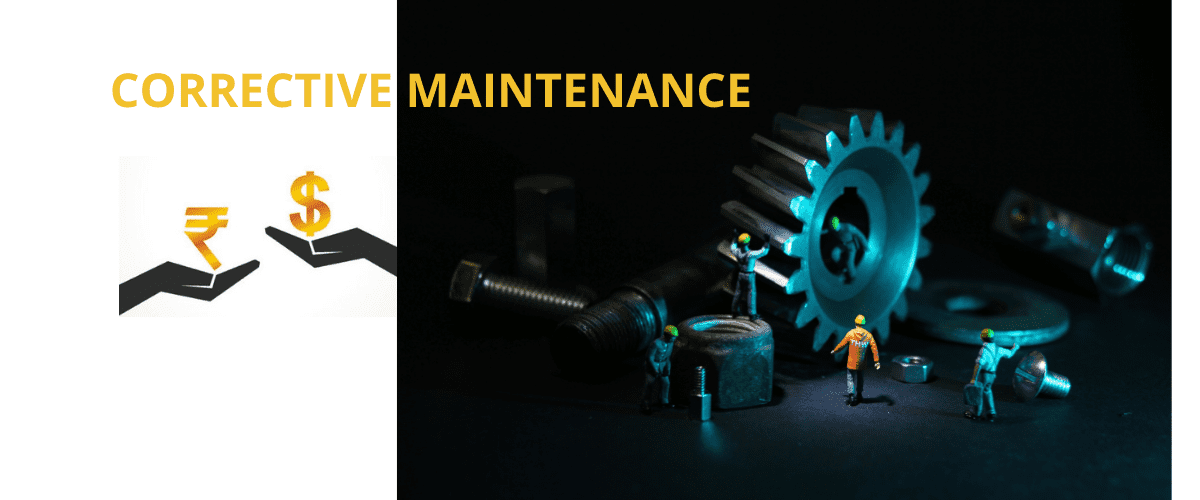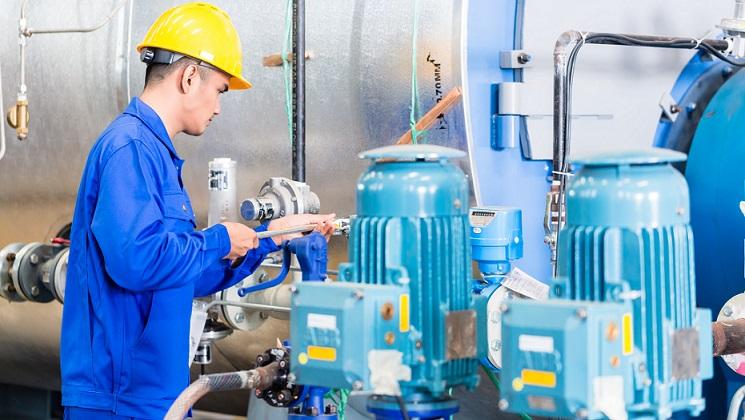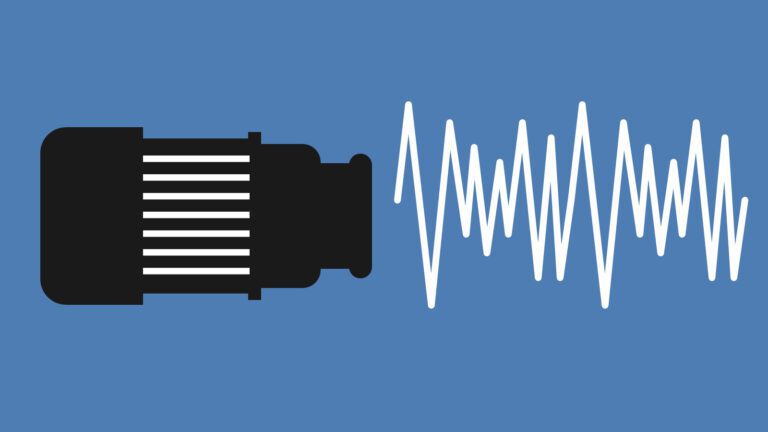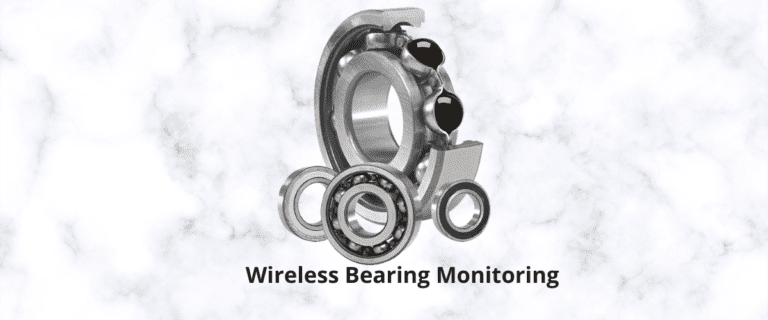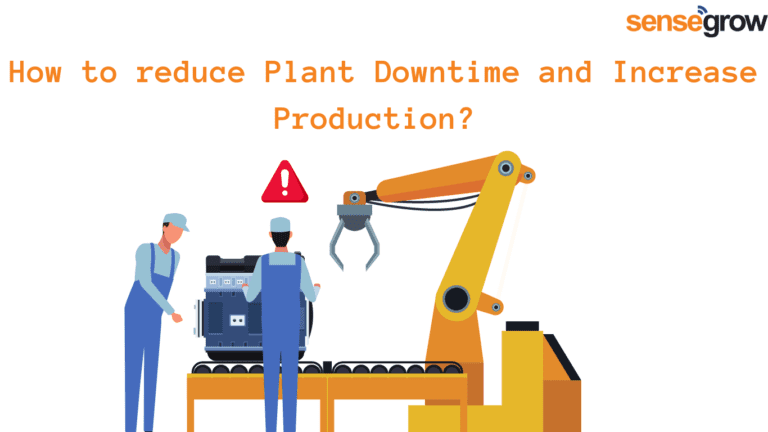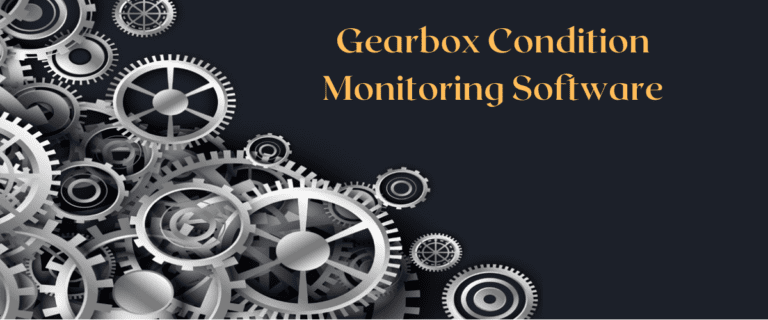Are you looking to know about corrective maintenance.
This article will give you a proper understanding of the term – Corrective Maintenance. And you will also know about other maintenance strategies, and which strategy is best for optimum machinery performance inside a manufacturing plant.
What is Corrective Maintenance?
As the name tells you, corrective maintenance is any type of repair work done to restore faulty equipment back to its normal operation. The replacement of equipment and systems after a failure or malfunction has occurred. This type of maintenance is reactive and is performed to restore an asset to its proper working condition. It is typically unplanned and can be more costly and time-consuming compared to predictive maintenance, which aims to prevent failures before they happen. Corrective maintenance includes tasks such as troubleshooting, repairing, replacing faulty components, and testing to ensure proper functionality.
Examples of Corrective Maintenance
If this also makes you think of fixing a faulty electrical appliance as an example of corrective maintenance, then yes, it is.
Or you can also make the repair of your automobile brakes if you found them in a bad shape, as another example.
What are the other types of maintenance?
But you need to know that there are mainly 4 types of maintenance which is practiced inside the manufacturing plants, namely Reactive Maintenance, Preventive Maintenance, Condition-Based Maintenance, and Predictive Maintenance.
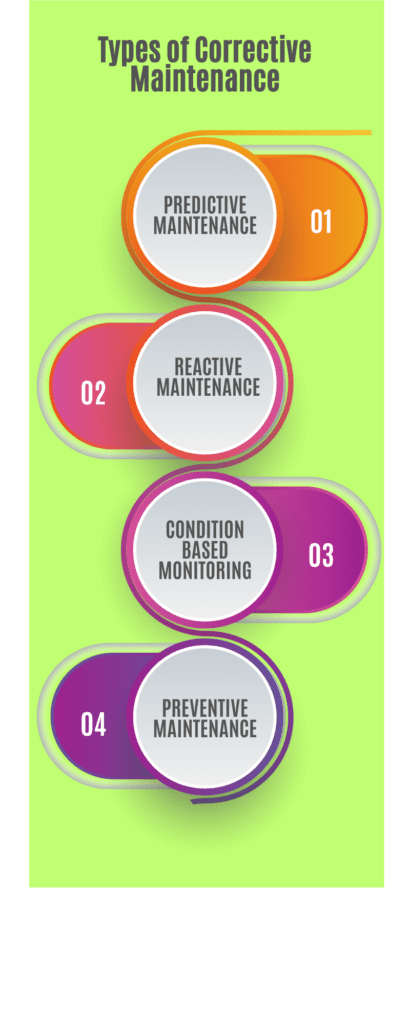
You don’t need to confuse yourself because of too many terms revolving on the internet around maintenance types.
The term “Corrective Maintenance” just tells you why you are doing the repair work, i.e. corrective, or to correct or fix. While the above 4 maintenance types are actually the maintenance strategies employed on machines.
It can be either planned or unplanned. If done before failure, then it will become either condition-based or predictive maintenance, making it fall inside the Planned Maintenance category; or if done after full machine failure, then it will be called reactive maintenance, which is unplanned. The preventive type of maintenance excludes itself from the corrective maintenance type as the former intends to reduce the likelihood of sudden machine breakdown.
So, this is the basic understanding of the term – corrective maintenance.
And as said earlier, there is no need to hover around too many technical terms related to maintenance, as they will do less for understanding and do more to confuse.
Now, coming to the part of the best maintenance strategy to adopt inside manufacturing plants, it’s better to go with a more advanced maintenance strategy for the critical machines which is predictive maintenance.
We can leave the non-critical machines ie. small motors or pumps which don’t directly affect the production process dependent upon reactive maintenance strategy.
Predictive Maintenance comes under one of the applications of Industry 4.0 – a concept that is into the limelight in the industrial world. It aims to provide a much safer and cost-effective maintenance process inside the manufacturing plants. Many companies have already started using this technology and are able to optimize their maintenance process. One such prominent example is Rio Tinto, which is the world’s second large mining company and they are able to save 2 million dollars daily
Final Words
So, this was about Corrective Maintenance and also a brief on different maintenance strategies.
We knew that corrective maintenance is not the complete strategy on its own, but just tells you why you are doing the maintenance activity, which the term also indicates.
If you are interested in a Predictive Maintenance System, then we at SenseGrow offer
ioEYE Predict – The Vibration Monitoring IoT Platform.
Contact us below if you want us to get in touch with you.
